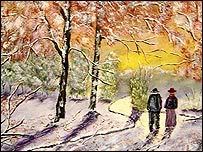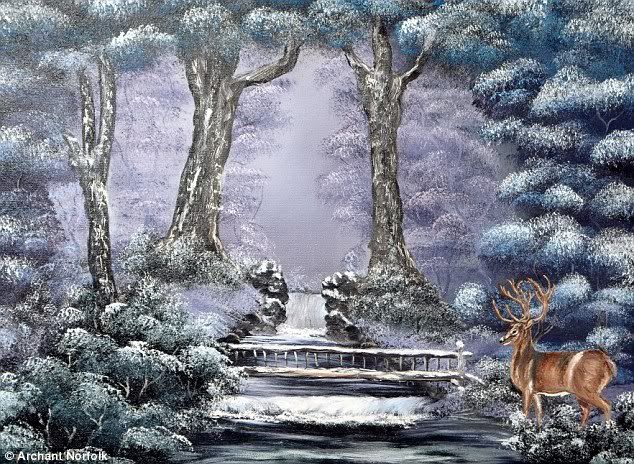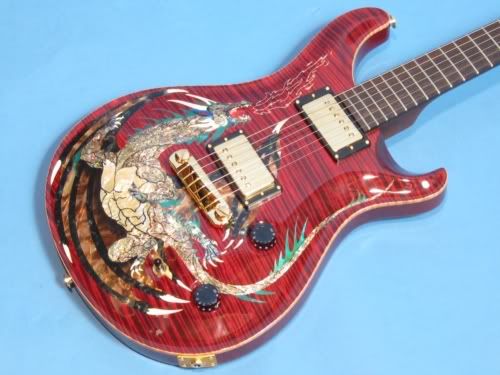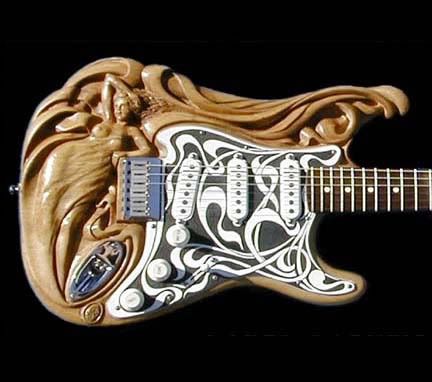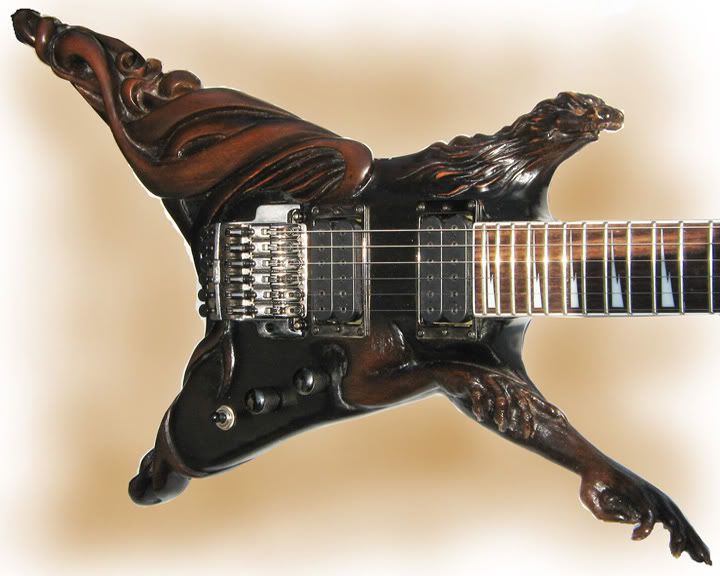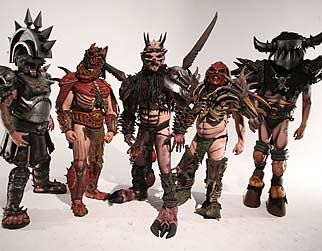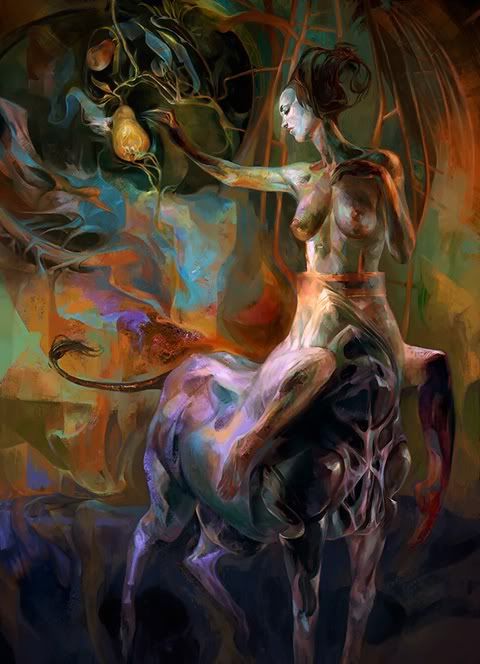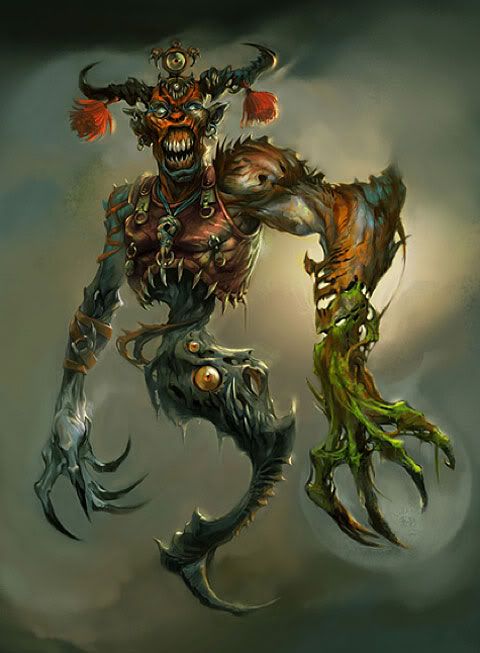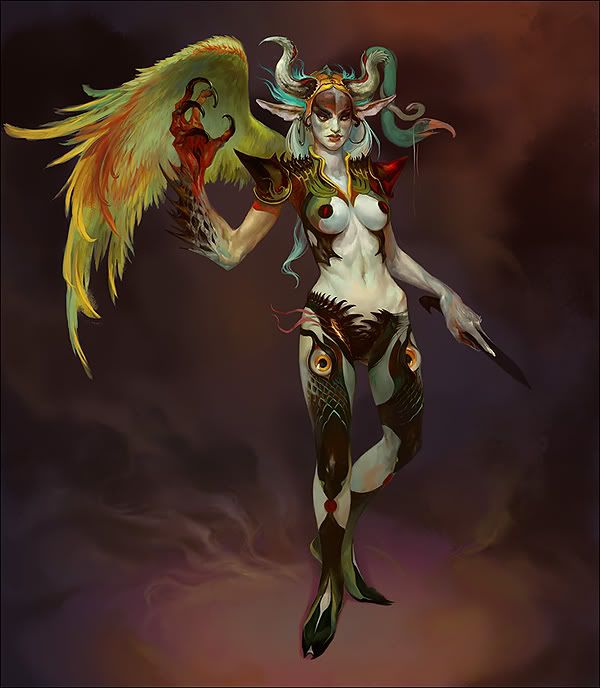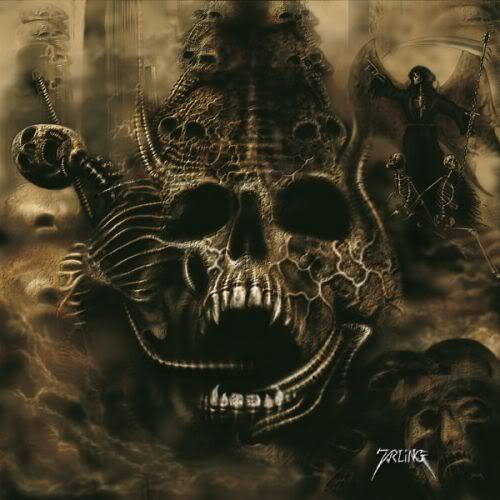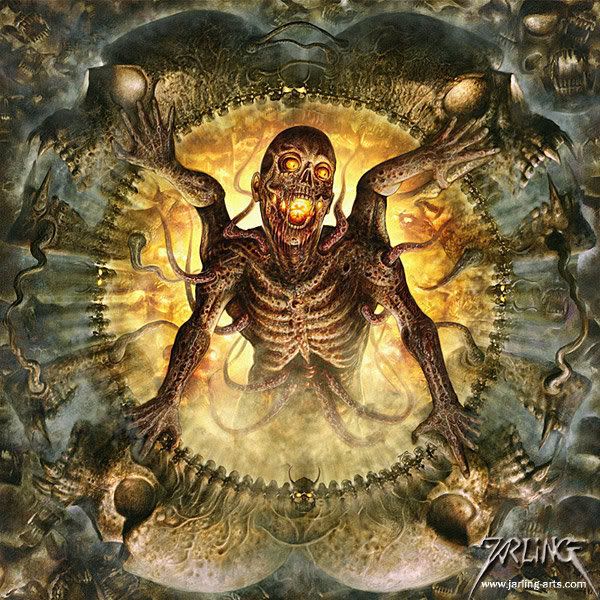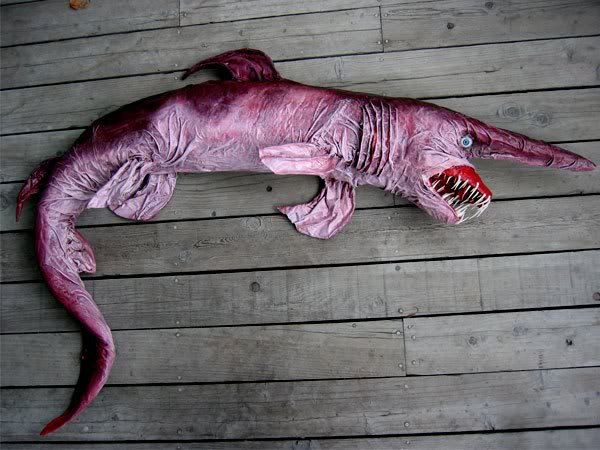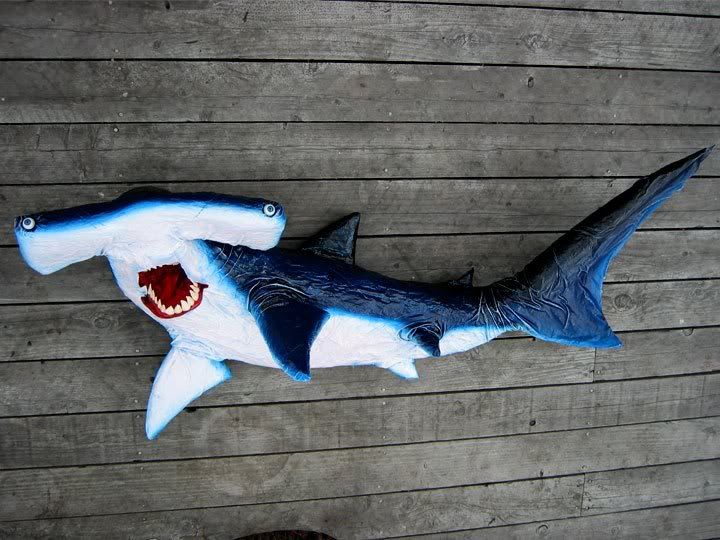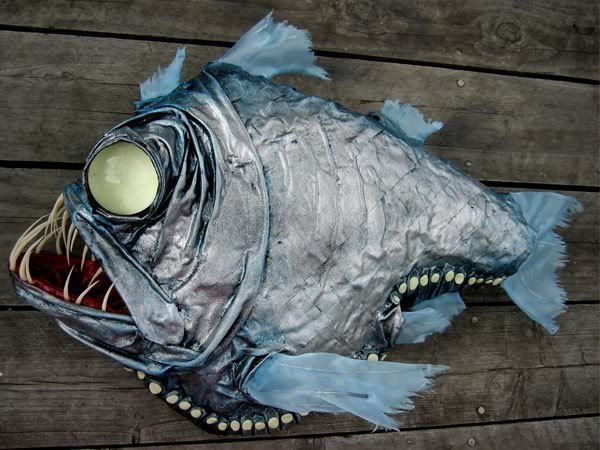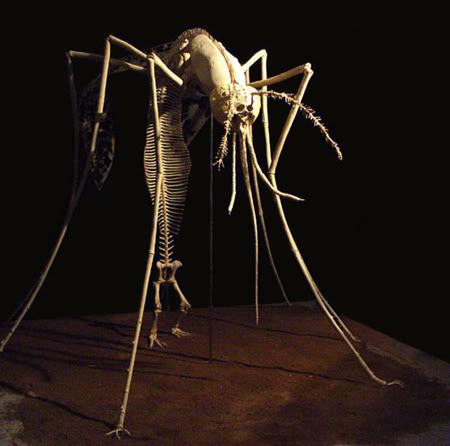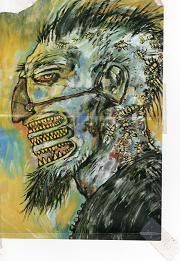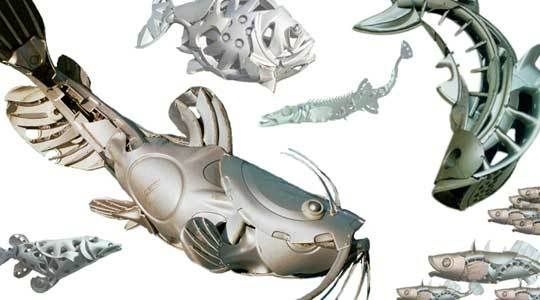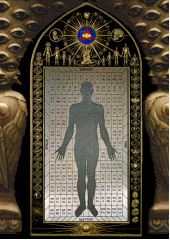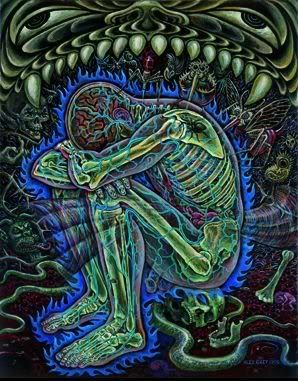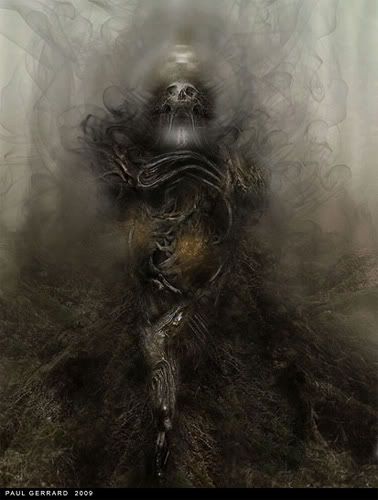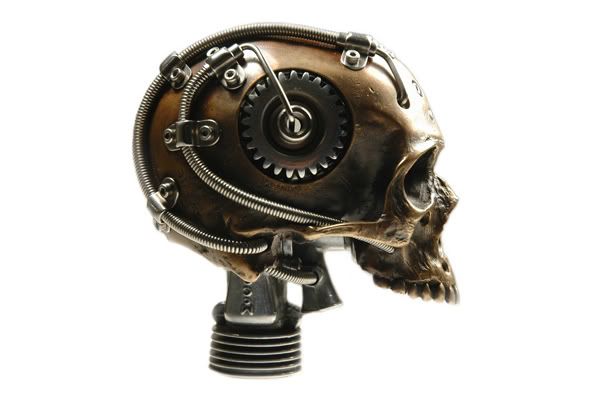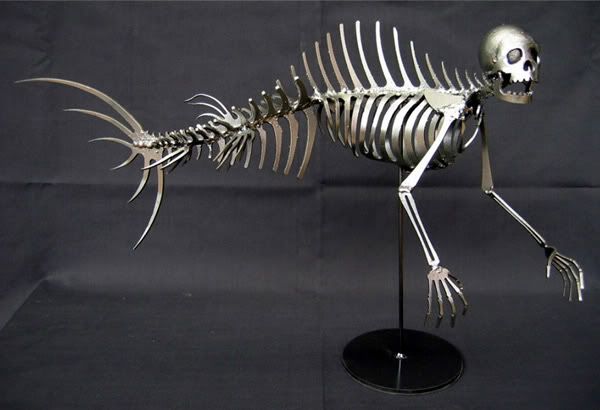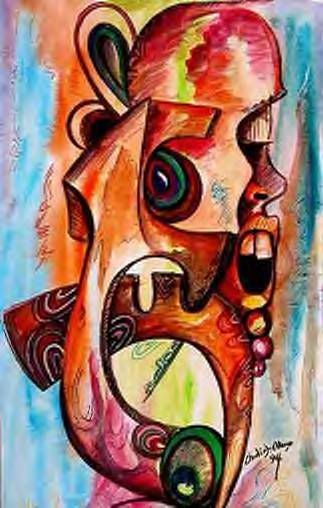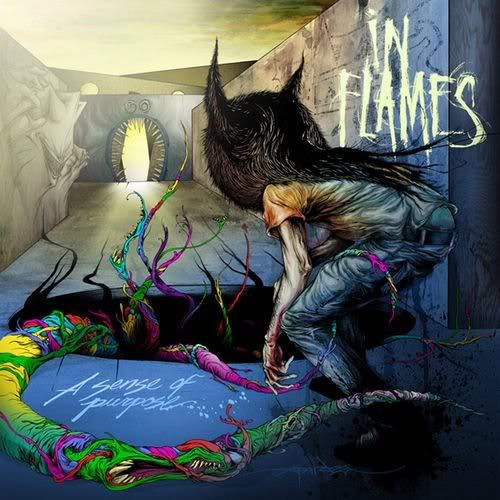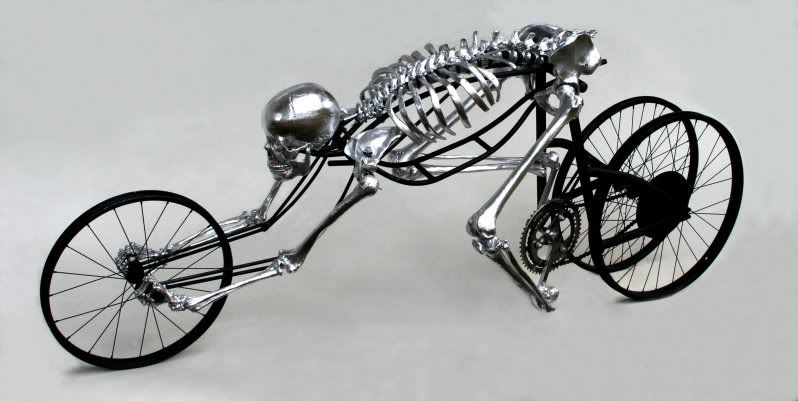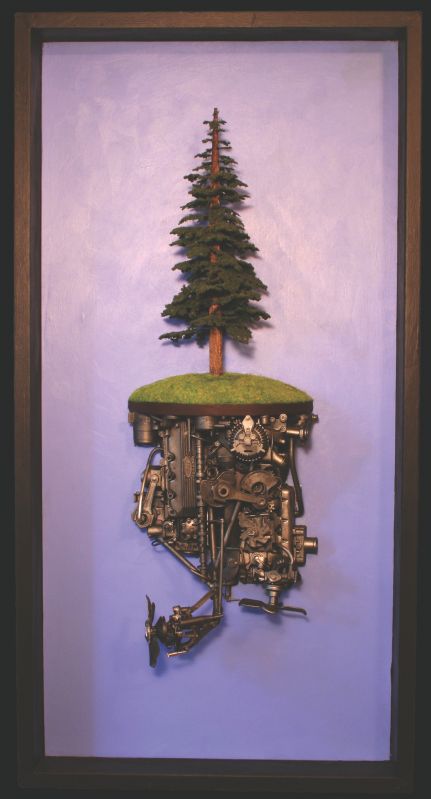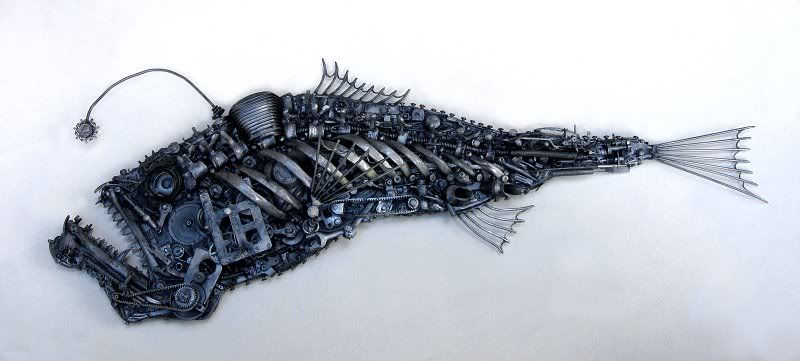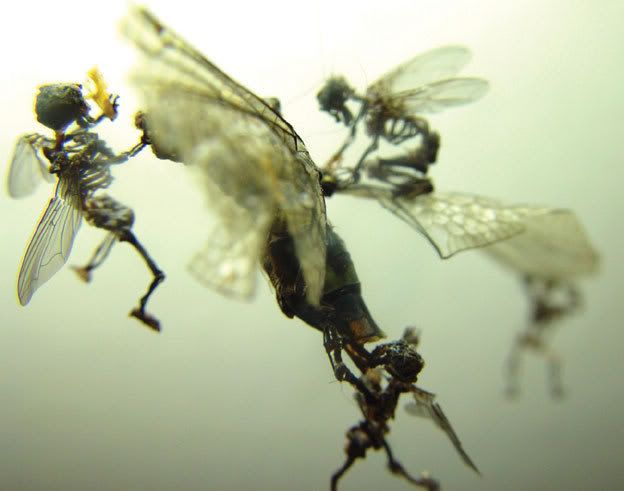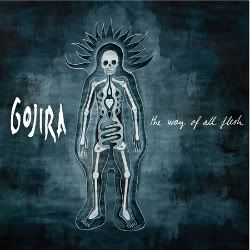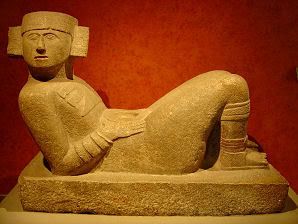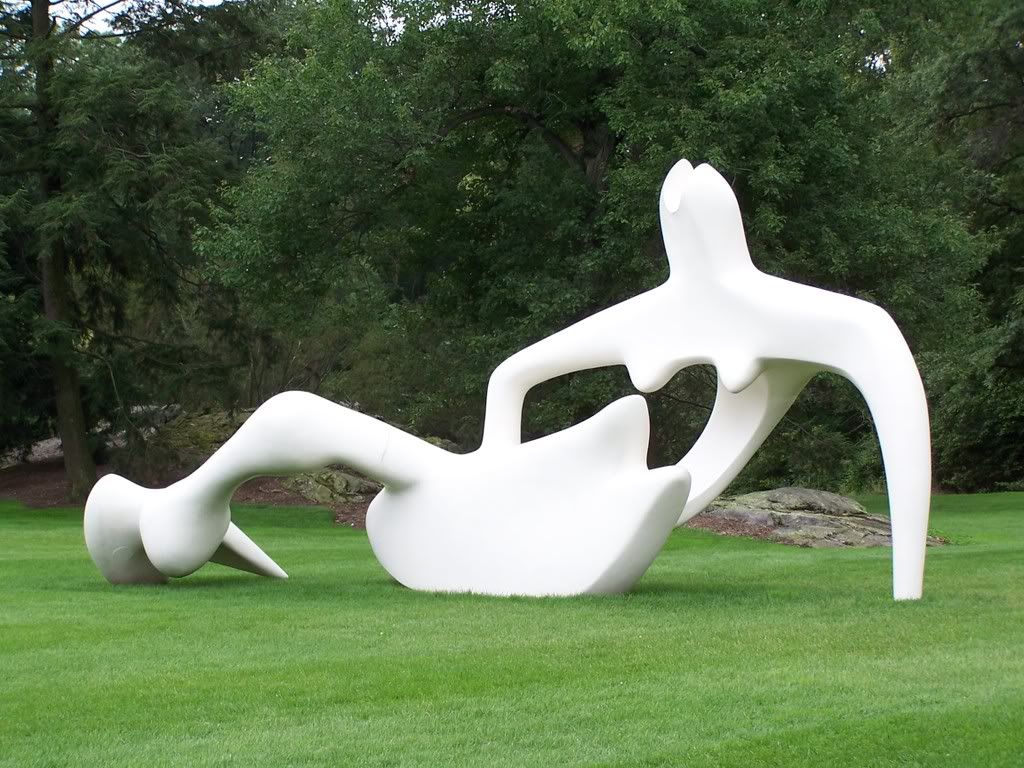I'm going to keep the list of dark, nightmarish images rolling for a little while longer, and for a reason. I haven't really had a pleasant dream for several years now. These are the types of images that cycle through my head in a never-ending cycle. Maybe it was seeing someone get run over by a train in London that did it, or my grandma coughing up her lung in a nursing home, or maybe it was the brutal murder of one of my friends in high school. Whatever it was, I don't see it ending soon, so I'm going to harness these images and use them to my advantage. Plus, I don't recall many art majors at CNU taking the dark, macabre route in recent history. It seems like most college art majors these days opt for the pretty, calming images instead of something that makes the viewer want to run away screaming, but they can't find the wind to release that scream, so they just stand there in shock, waiting for the end to come.
Anyways, back to the purpose of this post.
Zdzislaw Beksinski was a painter, photographer, and sculptor born in 1929 in Sanok, Poland. Before his higher education began he spent several years as a construction supervisor, which he despised. However, this was an important stage in his life, as it was then that he became interested in photography, sculpture, and painting. He started by making sculptures out of plaster, metal, and wire. His photography mainly focused on texture and landscapes, which would later became a major feature in his paintings. This was also when the dark, twisted imagery started making its appearance. Such photos included a baby doll with its face ripped off, and portraits of people without faces or with bandages faces. In the 1960s he began his first surrealistic paintings that he is known for today.
In 1964 he had an opening in Warsaw, Poland. This is considered to be a successful opening, since every single one of his painting were sold! He worked constantly on his paintings after this event, usually listening to classical music while working (musical influence!!! Although my music is a little more abrasive than Bach or Handel). These painting depicted a decaying, death ridden post-apocalyptic world which very few people would want to be stuck in. He said "I wish to paint in such a manner as if I were photographing a dream."
*Can someone please get him out of my head?
Beksinski claimed that his paintings were optimistic and even humorous (I'm serious, get him out of my head!). He even admits that he didn't even know the meaning of his own artwork, and didn't want to hear people's interpretations of them (I think I'm his brain child, this is weird). He didn't even title his paintings (finally, something different!). Before his move to Warsaw in 1977 he burned a select few paintings in his back yard, without leaving documentations of them (this though has crossed my mind). The reason behind this was that he found some of the pieces too person or unsatisfactory, and didn't want anyone to see them, ever.
He went through a transitory period in the 1980s. His works became more popular in France and achieved major popularity in Western Europe, the US, and Japan. His 80s and 90s work shifted to monumental sculptural images with a subdued color palette. These paintings were less lavish that his previous style and often had heavily sketched lines. They were still very powerful images despite the changes he made. In the late 1990s he discovered the digital world, which he became more involved with until his death.
The late 90s were not good times for the Beksinskis. His wife died in 1998, and his son, a popular radio announcer, committed suicide a year later. Zdzislaw was unfortunate enough to discover his son's body and never really came to terms with the tragic event. He kept an envelope that said, "For Tomek in case I kick the bucket" pinned to a wall in his flat.
On February 21, 2005 the final blow was delivered to his family. His body was found in his flat with 17 stab wounds, 2 of which were fatal. Robert Kupiec, son of his long time care taker pleaded guilty to the murder. He and a friend were arrested and charged shortly afterwards. Robert was sentenced to 25 years in prison, and his accomplice received 5.
Despite Beksinski's dark and disturbing imagery, he was an pleasant, enjoyable person to be around, often indulging in long conversations with a great sense of humor. He was actually a very shy person, and avoided going to his own openings at all costs.
Here are some of his astounding paintings;


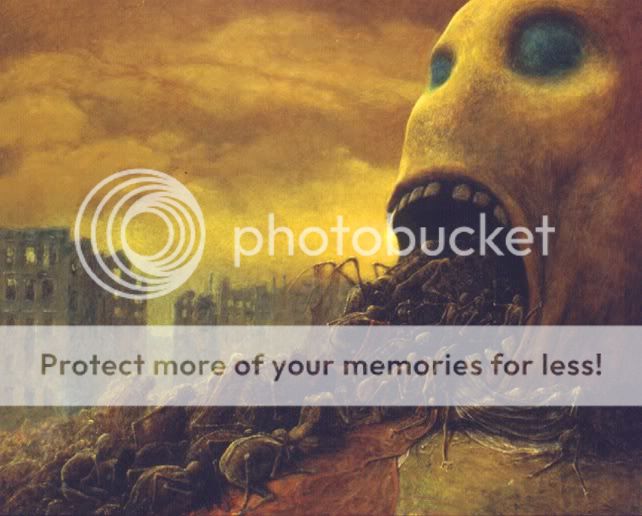

I have to say that out of all of the artists I have researched so far, Zdzislaw Beksinski has probably impacted me the most. It almost feels like we're close to the same exact person, just working in different mediums, for the most part. My personality is so similar to his that it's almost scary, though i seem to be a bit more outgoing. From now on, whenever someone asks. "If you could have dinner with any person in the world, alive or dead, who would it be?", my answer will be, "Zdzislaw Beksinski."
